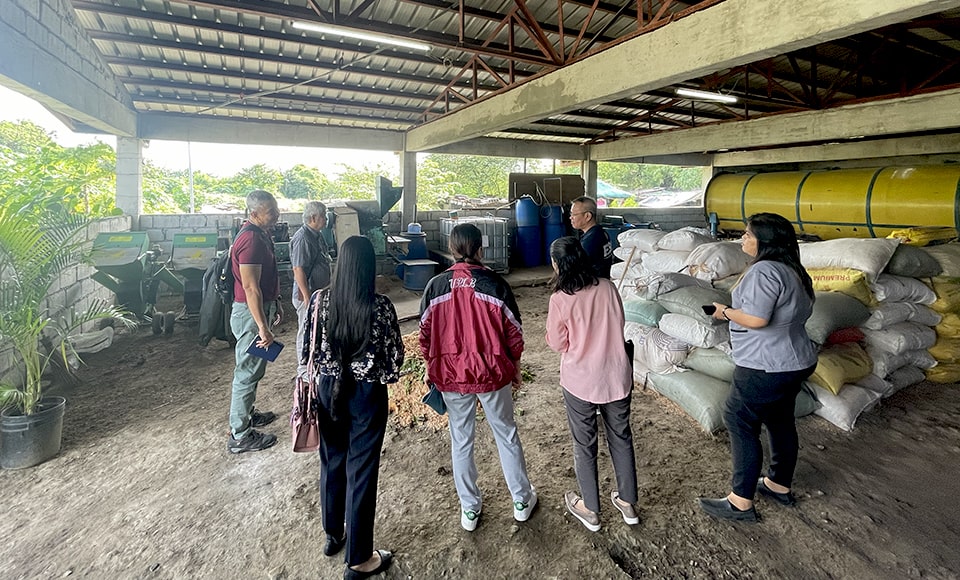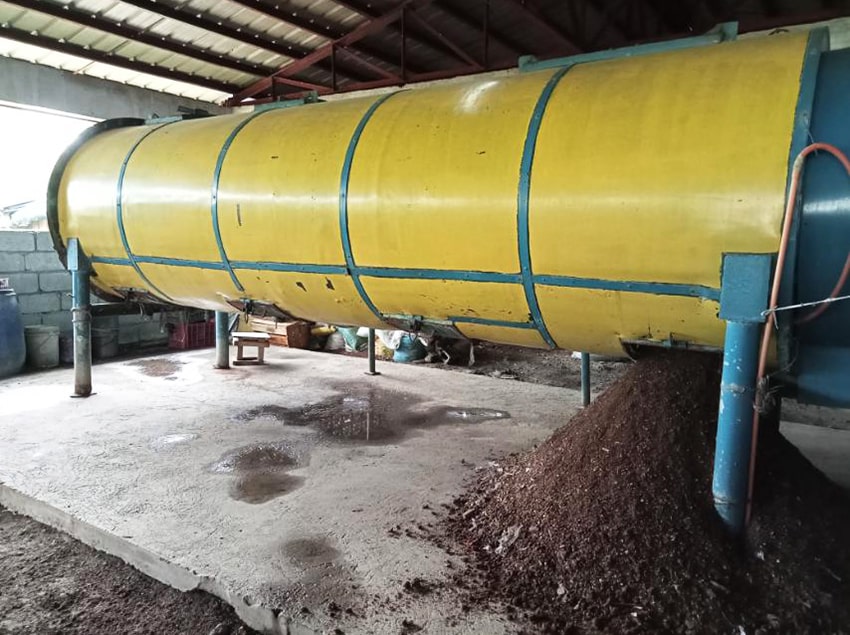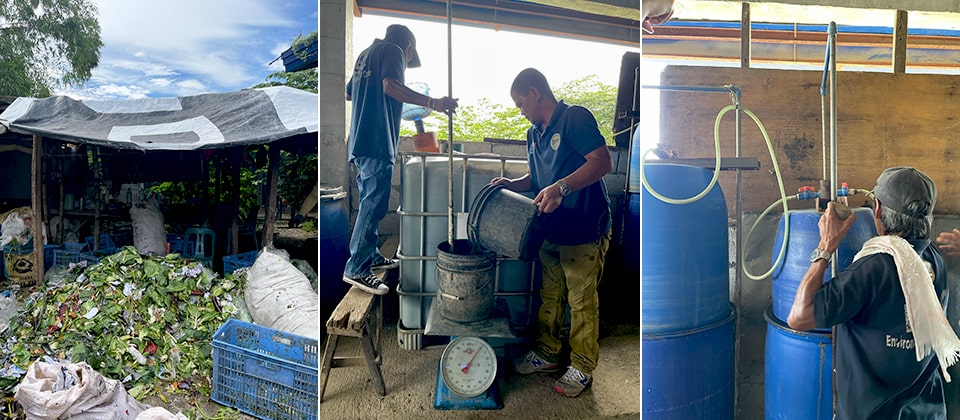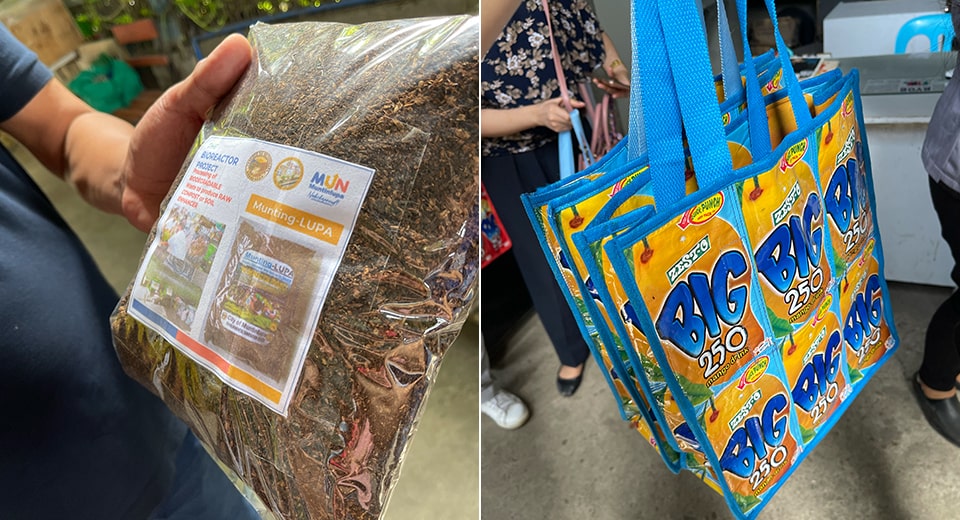Muntinlupa City shows a way to turn farm waste into clean cooking fuel. Key to this innovation is a simple set-up called an anaerobic digester, which converts organic matter into biogas. With this technology, along with composting machines, the city takes the path to zero-waste agriculture and circular economy.
Inspired by the potential of waste-to-energy benefits, a team from the Southeast Asian Regional Center for Graduate Study and Research in Agriculture (SEARCA) investigated the biogas digester technology at the Environmental Sanitation Center (ESC) in Tunasan, Muntinlupa City. As an implementer of the Rice Straw Biogas Hub (RSBH) project, the SEARCA team promotes harnessing biogas technology to add value to rice straw, a largely discarded or untapped agricultural resource.

Committed to achieving a successful ecological solid waste management system, the ESC operates a citywide waste segregation project, encouraging all stakeholders to purposefully sort out waste and utilize these as inputs to production—ultimately achieving a circular economy in the metropolis.
The Department of Science and Technology's (DOST) biogas digester technology proved instrumental to achieving such a feat. Composed primarily of methane and carbon dioxide, biogas is a renewable energy source that can produce heat and electricity for consumption. The ESC developed and cultivated a piece of land almost akin to a rural farmland—with its crop production area and domesticated animals—where food scraps from the public market are discarded and processed. The fruit and vegetable waste are fed to animals, whose manures are then converted to cooking gas using the biogas digester.


Dr. Victor Luis, Jr., SEARCA's biogas energy consultant, and Engr. Vincent Alon, division head at ESC, discussed and showed the process of biogas and compost generation from waste. The sludge, a byproduct of the biogas digester, is used for seeding or introducing bacteria before feeding fruit, vegetable, and sawdust waste into the composter. Cleverly branded as "Muntinglupa," the generated soil compost is used for the city's greening program. Other trash materials from packaging are sewn into useful ecobags. Dr. Luis envisions scaling up the management of rice straw residues through a centralized biogas facility operated by private and public institutions. Atty. Eric Reynoso, program head of SEARCA's Emerging Innovation for Growth (EIG) Department, added that, "mechanisms, such as biogas digesters, would be instrumental in remote areas and farms where access to electricity is lacking."

SEARCA initiated the field visit as part of an educational pursuit and awareness building on rice-straw-to-energy conversion. The undertaking will seek a wider reach and impact among farmers in Laguna and Nueva Ecija. The RSBH Project team is set to conduct a training on biogas technology during the first quarter of 2024. Individuals interested in the functions of a biogas digester and how it can be maximized using rice straw as an input may contact